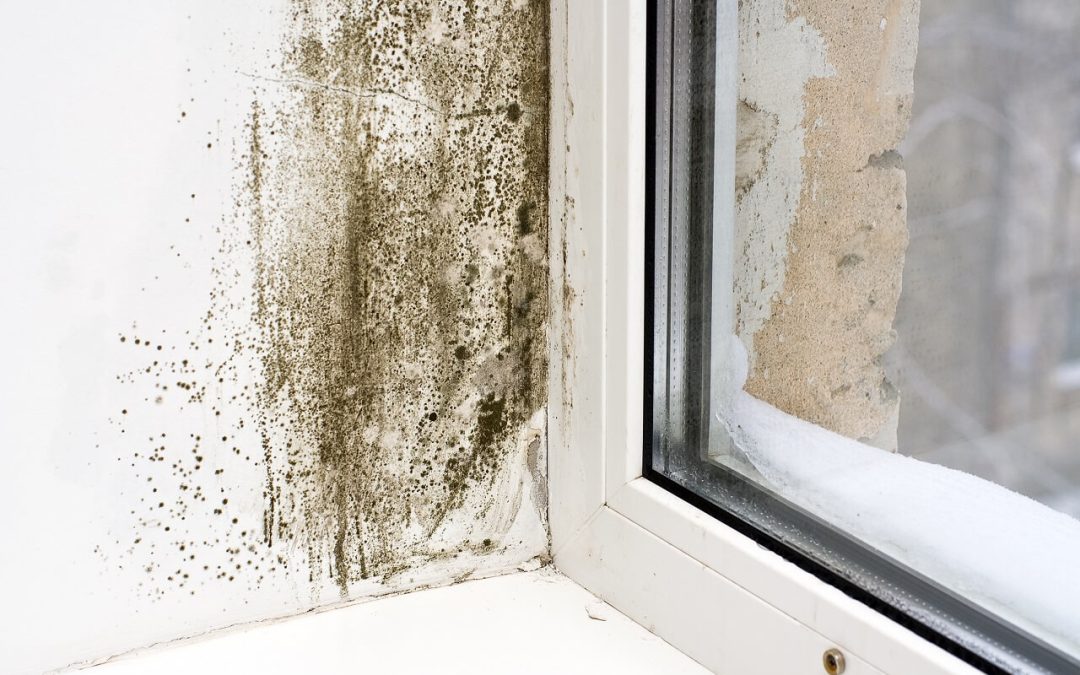Most of us have noticed mold in our homes – on the shower curtain, fridge, or damp clothing left in the laundry basket for too long. While a bit of mold growth is nothing to worry about, large mold colonies can cause serious health problems for you and your family. Here are four signs you may have a mold growth problem in your home and what to do about it.
1. You See Visible Mold Growth
Visible mold is the most obvious sign of a problem in your home. If you see mold growing on walls, ceilings, or any other surface in your home, it’s time to take action. The first step is to determine the source of the moisture that’s causing mold growth. The mold will return if the environment remains damp or humid. Once you’ve stopped the water intrusion, clean moldy surfaces with a solution of one part bleach to 10 parts water. Wear gloves and a mask while cleaning to avoid breathing in mold spores.
2. Musty Smells May be Signs of Mold Growth
If your home has a musty smell, but you don’t see visible mold growth, there could be mold hiding behind walls or under floors. Another possibility is that your HVAC system is circulating mold spores throughout your home. To get rid of the musty smell, reduce the humidity indoors. Inspect for and repair leaks and other sources of moisture, and change your HVAC filter regularly.
Have your HVAC system cleaned and serviced by a professional to make sure it’s not spreading mold spores throughout your living spaces.
3. Health Problems You Can’t Explain
If you or someone in your family has unexplained respiratory problems, headaches, dizziness, or fatigue, it could be due to exposure to mold spores. If you suspect mold is making you sick, see a doctor. Ask if they think testing for mold exposure would be beneficial. In the meantime, stay out of rooms where you know mold is present until the problem is remedied. Hiring a mitigation company may be necessary to rid your home of mold.
4. Your Home Was Flooded Recently
If your home flooded during a storm or because of a plumbing leak, dry the wet materials within 24 – 48 hours to prevent mold growth. Remove carpeting, drywall, insulation, and other porous materials soaked by the floodwaters. These materials need replacing because you cannot effectively clean them of mold. Non-porous materials like metal studs and concrete can be dried out successfully.
Mold can cause serious health problems for people exposed to it, so it’s essential to take action if you suspect there is mold growing in your home. When you see visible mold or your home has a musty smell, clean the area and eliminate the source of moisture causing it to grow. If you have unexplained health problems, ask your doctor about testing for mold exposures. Act quickly to prevent extensive damage and protect your family’s well-being.
Environmental Quality Inspection offers environmental testing services to customers in Rhode Island and Southern Massachusetts. Contact us to request an appointment.

